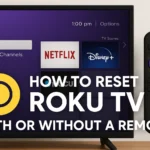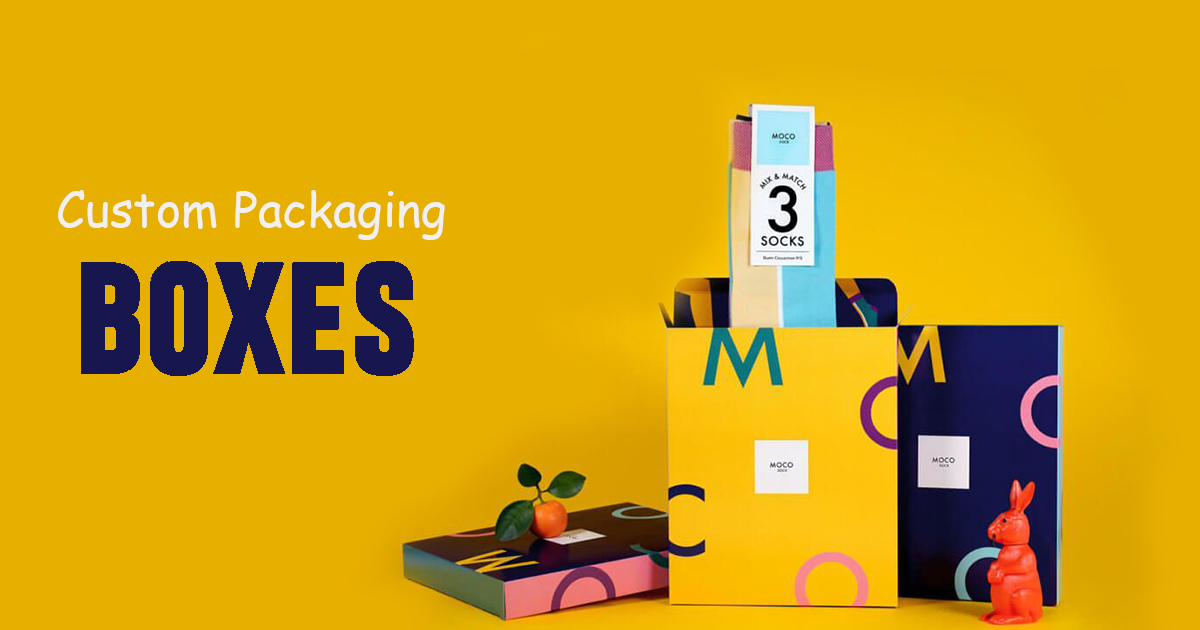Small businesses often struggle to compete with larger companies due to their limited resources and capabilities. However, the adoption of 3PL (third-party logistics) fulfillment services has provided smaller companies with the opportunity to access the resources and expertise that would otherwise be unavailable to them.
According to a report by Fortune Business Insights, the global 3PL market is projected to experience significant growth in the coming years, with a compound annual growth rate of 8.26% from 2021 to 2028. This highlights the increasing demand for 3PL services, as businesses of all sizes recognize the benefits of outsourcing their logistics operations.
In this article, we’ll explore the ways in which 3PL fulfillment can help small businesses compete with big players.
Access to Expertise
One of the key advantages of 3PL fulfillment is the access to expertise that it provides. A reputable 3PL provider will have a team of experts in logistics and supply chain management, which can help small businesses optimize their operations and reduce costs. Expanding on this, 3PL providers have experience in managing logistics for a wide range of businesses, from startups to large corporations.
Small businesses can leverage the expertise of 3PL providers in areas such as inventory management, order processing, shipping, and returns management by outsourcing their fulfillment.
As stated in a 2022 CircuitBlog post, effective returns management can boost a business’s bottom line and improve customer satisfaction. Additionally, by identifying the reasons behind customer returns and addressing them, small businesses can improve their product quality, leading to increased sales and customer loyalty.
Additionally, 3PL providers can help small businesses stay up-to-date with the latest logistics trends and technologies. For example, they can provide guidance on implementing new technologies such as automation, machine learning, and artificial intelligence, which can help businesses streamline their operations and reduce errors.
Scalability
3PL providers offer small businesses the flexibility to scale their operations up or down based on their changing needs. This is a significant advantage for small businesses that want to grow without worrying about the logistics of expanding their operations, as 3PL fulfillment services like Red Stag Fulfillment can handle the increased volume of orders.
Red Stag Fulfillment also has a network of strategically located fulfillment centers across the United States that allow businesses to store their inventory closer to their customers. By doing so, businesses can reduce shipping times and costs and improve their overall customer experience.
Many 3PL providers also offer expertise and advice on best practices for logistics and fulfillment. For example, they can help small businesses optimize their shipping strategies, choose the most cost-effective carriers, and streamline their inventory management processes.
It’s important to keep in mind that there are many 3PL providers to choose from, and businesses may need to do some research to find the one that suits their needs.
Cost-Effectiveness
Outsourcing fulfillment to a 3PL provider can be more cost-effective than handling it in-house, as it eliminates the need for a business to invest in costly warehousing and shipping infrastructure.
Expanding on this, by outsourcing fulfillment to a 3PL provider, small businesses can benefit from economies of scale. 3PL providers typically have relationships with shipping carriers and warehousing companies, which can help them negotiate better rates for their clients. This can help small businesses save on shipping and warehousing costs, which can be a significant expense.
In addition, outsourcing fulfillment can help businesses reduce overhead costs. By eliminating the need for a dedicated fulfillment team and warehousing space, businesses can save on employee salaries, rent, utilities, and other expenses associated with running a warehouse. This can free up resources that can be invested in other areas of the business, such as product development and marketing.
Improved Customer Experience
A 3PL provider can help improve the customer experience by providing faster delivery times and better order accuracy. This can help small businesses compete with larger companies that have more established logistics networks.
Expanding on this, 3PL providers have the infrastructure and resources to fulfill orders quickly and accurately. By using automated systems and advanced technologies, they can process orders more efficiently, reducing the time it takes to pick, pack, and ship products.
A recent study by Gartner found that over the next few years, around 50% of supply chain organizations plan to invest in applications that enable advanced analytics and artificial intelligence capabilities.
This can result in faster delivery times and improved order accuracy, which can help small businesses provide a better customer experience.
In addition, 3PL providers can offer a range of shipping options to meet customer needs. For example, they can provide expedited shipping for customers who need their products quickly or offer free shipping for customers who meet a certain spending threshold. These options can help small businesses attract and retain customers, even in the face of larger competitors.
Conclusion
3PL fulfillment can provide small businesses with the resources and expertise they need to compete with larger companies. By outsourcing their fulfillment operations to a reputable 3PL provider, small businesses can access scalable, cost-effective, and efficient logistics services that help them grow and succeed.
As e-commerce continues to grow, partnering with a 3PL provider will become increasingly important for small businesses looking to stay competitive. By leveraging the expertise, scalability, cost-effectiveness, and improved customer experience provided by 3PL providers, small businesses can compete with big players and thrive in the digital age.













